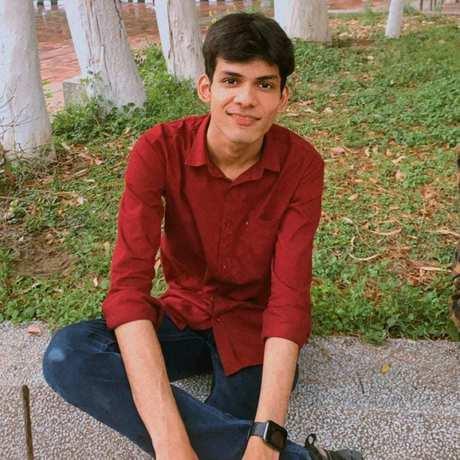Kavach
- 0 Collaborators
AI-driven Riot Prediction System: Utilizes surveillance data & ML to detect potential riots, analyze crowd behavior, & provide real-time insights to law enforcement. ...learn more
Project status: Under Development
Overview / Usage
The problem Kavach solves
Develop an AI-driven Riot Prediction System that utilizes information from surveillance cameras and other sources to detect early signs of potential riots or large-scale gatherings with the potential to turn violent. The system employs machine learning algorithms to analyze visual data, crowd behavior patterns, and contextual information to provide real-time insights to law enforcement agencies.
Methodology / Approach
Description of Technology
- The ideated model works on three major tasks
1)Object detection using - YOLOv8 Model - YOLOv8 MODEL: YOLOv8 is the eighth iteration of the popular object detection algorithm known as "You Only Look Once." It is a real-time object detection model that excels in quickly and accurately identifying objects in images or video frames.
In the context of security systems, particularly in anticipating and managing riot situations, YOLOv8 is employed to detect critical elements such as fire, smoke, and potentially dangerous weapons like guns, stones and swords.
- Operations during Live Surveillance:
o Captures video frames from a WebCam.
o Break down the live video stream into individual frames to facilitate analysis
o Apply object detection models (YOLOv8) to identify and locate potentially dangerous object .
2)Sentiment analysis using -
3)Violent action detection and anomalous crowd behavior using 3D Convolutional Neural Network and isolation forest.
- Conv3D Model: (Detects violent actions in video sequences based on learned spatiotemporal features)
The Conv3D (3D Convolutional) model is a neural network architecture designed for spatiotemporal analysis in video data. It incorporates 3D convolutional layers to capture both spatial and temporal features, making it suitable for tasks such as action recognition and video classification.
The Conv3D model is trained on labeled video data to learn patterns associated with violent actions. It analyzes both spatial arrangements of objects and their temporal evolution across consecutive frames.
- Operation during Live Surveillance:
- Captures video frames from a webcam.
- Converts frames into sequences to represent temporal information.
- Feeds sequences into the trained Conv3D model for predictions.
- Isolation Forest Model (Identifies anomalous behavior in video sequences based on deviations from normal patterns.)
The Isolation Forest is an unsupervised machine learning algorithm used for anomaly detection. It operates by isolating instances that are considered anomalies by constructing random decision trees.
Trains on flattened and normalized video frames to learn patterns of normal behavior.
Anomalies, or deviations from normal patterns, are identified during the training phase.
- Operation during Live Surveillance:
- Captures video frames.
- Flattens and normalizes frames.
- Uses the trained Isolation Forest to assign anomaly scores to video sequences.
- Feature Fusion:
- Concatenate the predictions from the Conv3D model (violence) and the anomaly scores from the Isolation Forest.
- Create a combined feature vector that incorporates information from both models.
- Final Decision:
- Classifier or Decision Mechanism:
- Feed the combined feature vector into a classifier or decision-making mechanism.
- This mechanism makes the final decision based on the fused information.
Repository
https://github.com/Saksham0205/kavach











